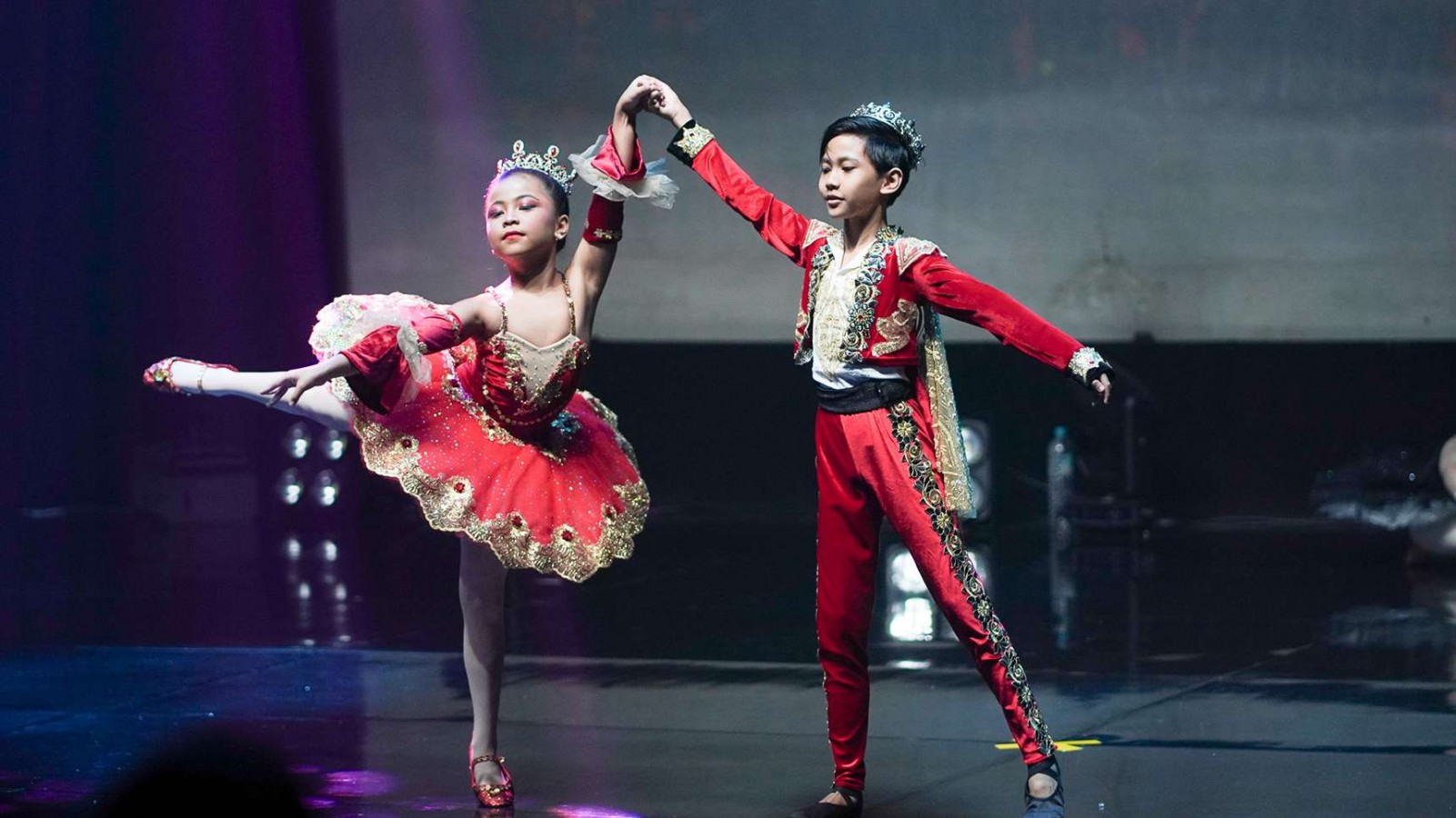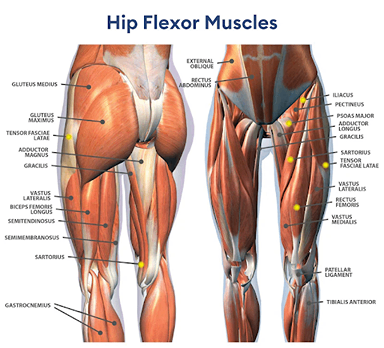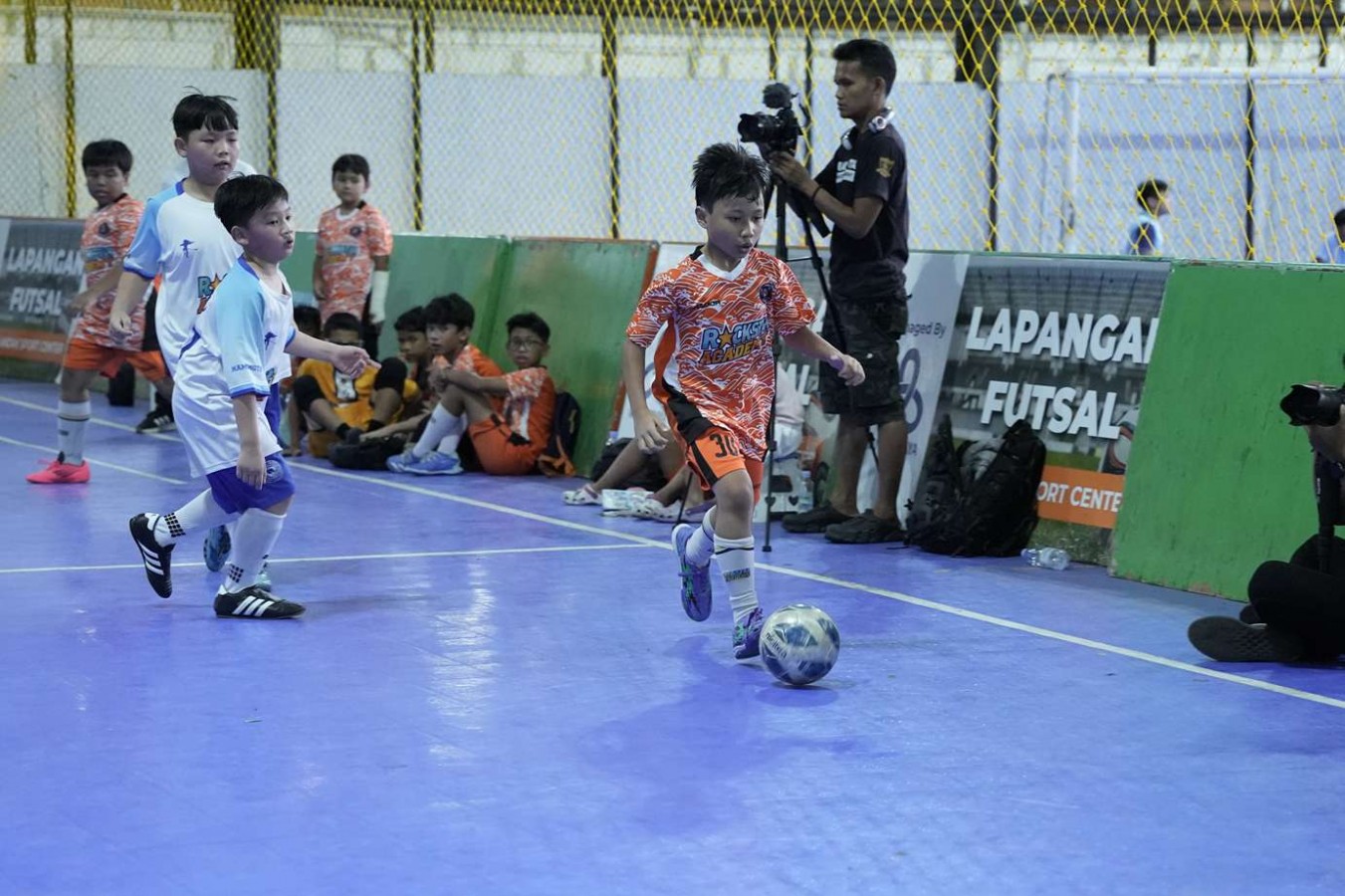Mastering the Arabesque Ballet: A Guide to This Iconic Pose

When you think of ballet, one of the first images that probably comes to mind is the elegant arabesque ballet pose—long lines, graceful balance, and a dancer effortlessly holding their leg extended behind them. But behind that beauty lies technique, strength, and a lot of practice.
In this guide, we’ll dive into everything you need to know about arabesque ballet, how to perform different arabesque positions, the variations you’ll encounter, and the muscles that work hard behind the scenes. We’ll also touch on common mistakes dancers make so you can avoid them and perfect your technique. Let’s learn it together!
What Is Arabesque in Ballet?
An arabesque is one of the most iconic ballet positions. In this pose, a dancer balances on one leg while the other leg stretches straight back at about a right angle.
The shoulders stay square, and the arms are placed in different positions to create a long, beautiful line from fingertips all the way to toes. You can perform an arabesque either flat-footed or up on pointe, depending on your level.
How to Perform Arabesque Ballet Positions
Before you strike that stunning arabesque ballet pose, it’s important to know the steps that will help you do it safely and beautifully. Let’s walk through it step by step:
1. Warm Up First
Always stretch and warm up your body before any ballet pose. This helps prevent injuries like pulled muscles, especially if you’re just starting out.
2. Start in First Position
Place your heels together and turn your feet outward in a straight line. Keep your arms relaxed in front of you.
3. Shift Your Weight
Focus on your supporting leg (the one staying on the ground). Turn it out and shift your body weight onto it.
4. Extend Your Working Leg
Glide your back leg behind you. Point your toes and place the ball of your foot lightly on the floor.
5. Engage Your Core and Upper Body
Keep your shoulders square with your ribs and hips. Ballet is about connecting everything into one harmonious line.
6. Lift Your Arms
Raise both arms—one reaching forward, the other out to the side. If you need balance, you can keep one arm on the barre.
7. Lift Your Working Leg
Use your core and supporting leg muscles for balance as you raise your back leg. Keep both legs straight (but don’t overextend!) and point your toes.
8. Lean Forward
With your arms lifted and your working leg extended behind, gently lean forward. Engage your abs to control the movement, keeping your back straight.
Arabesque Ballet Variations

One of the coolest things about the arabesque ballet pose is that there are different variations that add their own unique flair. Each version changes the arm placement and body line just enough to create a new artistic look. Here are the main ones:
A. First Arabesque
Extend the arm on the same side as your working leg straight back and diagonally. The arm of your supporting leg reaches forward, creating a beautiful long line.
B. Second Arabesque
This one flips the focus. Your working leg’s arm stretches forward, slightly above shoulder height, while your supporting leg’s arm extends back and diagonally, positioned a bit lower.
C. Third Arabesque
Both arms are stretched straight forward, about 12 inches apart. The arm on your standing leg’s side is slightly higher, while the arm on your working leg’s side stays lower and squared with your shoulders.
D. Fourth Arabesque
In the fourth arabesque, the dancer stands in croisé, similar to the third arabesque. The right arm is extended forward, while the left arm reaches back as far as possible, remaining in line with the right arm. The shoulders are held in strong épaulement, and the dancer's gaze is directed toward the audience.
Muscles Used in Arabesque Ballet

Mastering a high arabesque ballet relies on both strength and flexibility. The key muscles that being used in arabesque is:
- Hip extensors: glutes and hamstrings (lift and hold the working leg behind)
- Back extensors: support the lift and maintain posture
- Deep hip-turnout muscles: control rotation
- Standing leg muscles: provide a stable base
- Ankle
- Knee
- Hip
Common Mistakes in Arabesque Ballet
Mastering arabesque ballet is all about balance, control, and proper alignment. Even small errors can throw off your line or lead to injury. Here are some common mistakes dancers make and how to avoid them:
1. Lifting the Hip Too High
Focusing only on the back leg can cause the hip to lift and twist, distorting your line. Always start with proper placement of the standing leg.
2. Tilting the Pelvis Forward
Tilting your pelvis limits turnout, can roll your standing ankle inward, and twists your shoulders and torso out of alignment.
3. Opening the Back Leg Out Diagonally
Instead of letting the working leg drift sideways, practice lifting it from a proper tendu derrière position first to maintain a straight line.
4. Forcing the Leg Up
Pushing the back leg too high without support can crunch your lower back and strain muscles. This can lead to serious injuries, like stress fractures or disc issues.
5. Neglecting Control and Alignment
High legs look impressive, but control, focus, and body awareness are what make an arabesque truly beautiful and safe.
Feel the Difference in Every Pose!
The arabesque ballet is all about finding that sweet spot between strength and elegance. Don’t stress if it doesn’t look perfect right away as it will get better the more you practice.
Discover the joy of dance with our ballet class at Rockstar Academy, where you’ll learn essential ballet moves for beginners in a fun and supportive environment.
Our Sports & Performing Arts Academy instructors guide you through each step with care, helping you build strength, flexibility, and confidence while preparing for RAD Ballet Testing or performing at our reputable competitions like Ballet & Contemporary Dance Recital, Elite Championships and RockOlympics.
Try it out for yourself with a free trial class today and experience the magic of ballet firsthand!
FAQ
How to do an arabesque for beginners?
Start in first position, shift weight to one leg, extend the other leg behind you, lift your arms, and keep your core engaged for balance.
What muscles are needed for the arabesque?
Hip extensors (glutes and hamstrings), back muscles, deep hip-turnout muscles, and core for stability and control.



